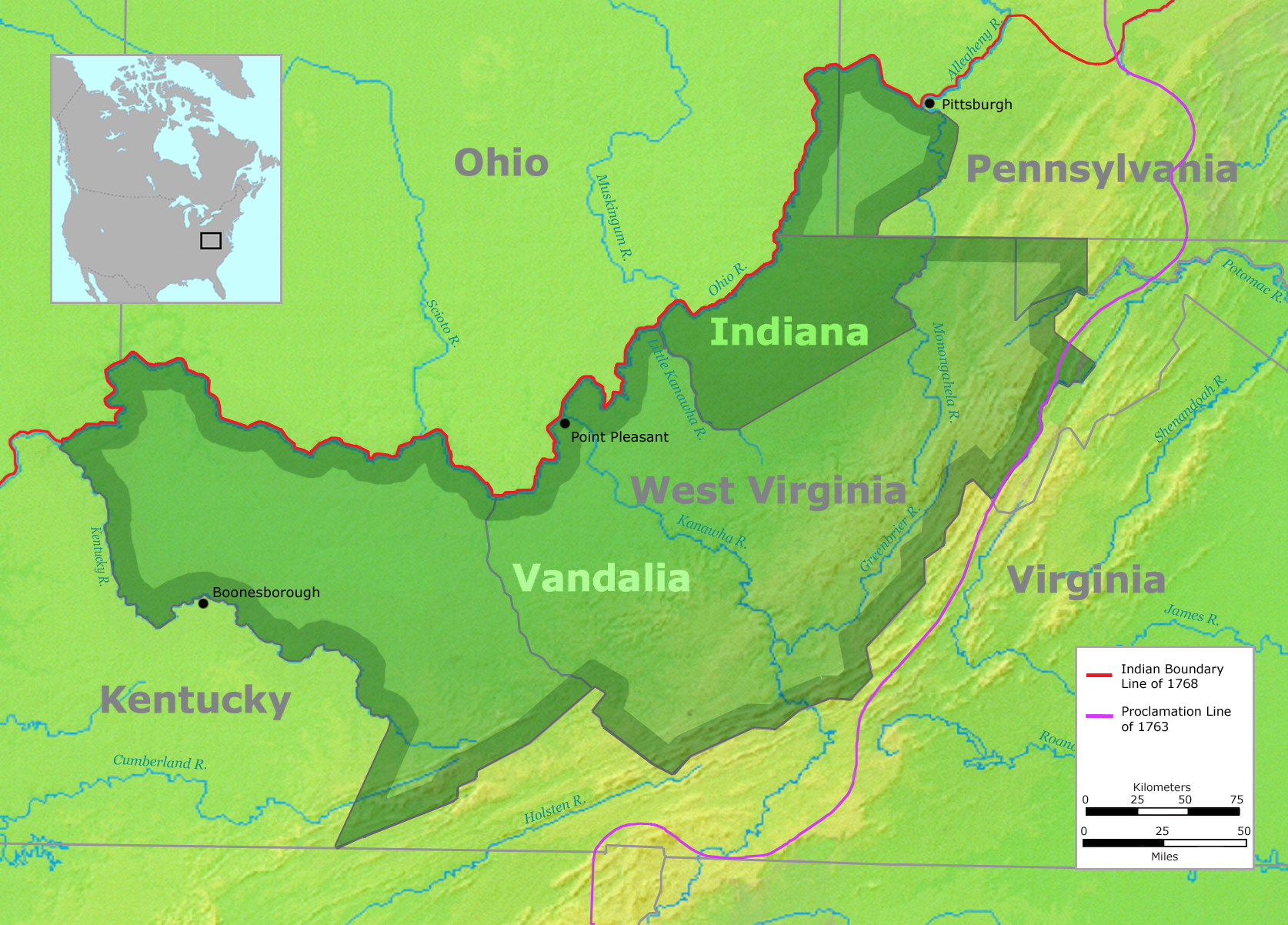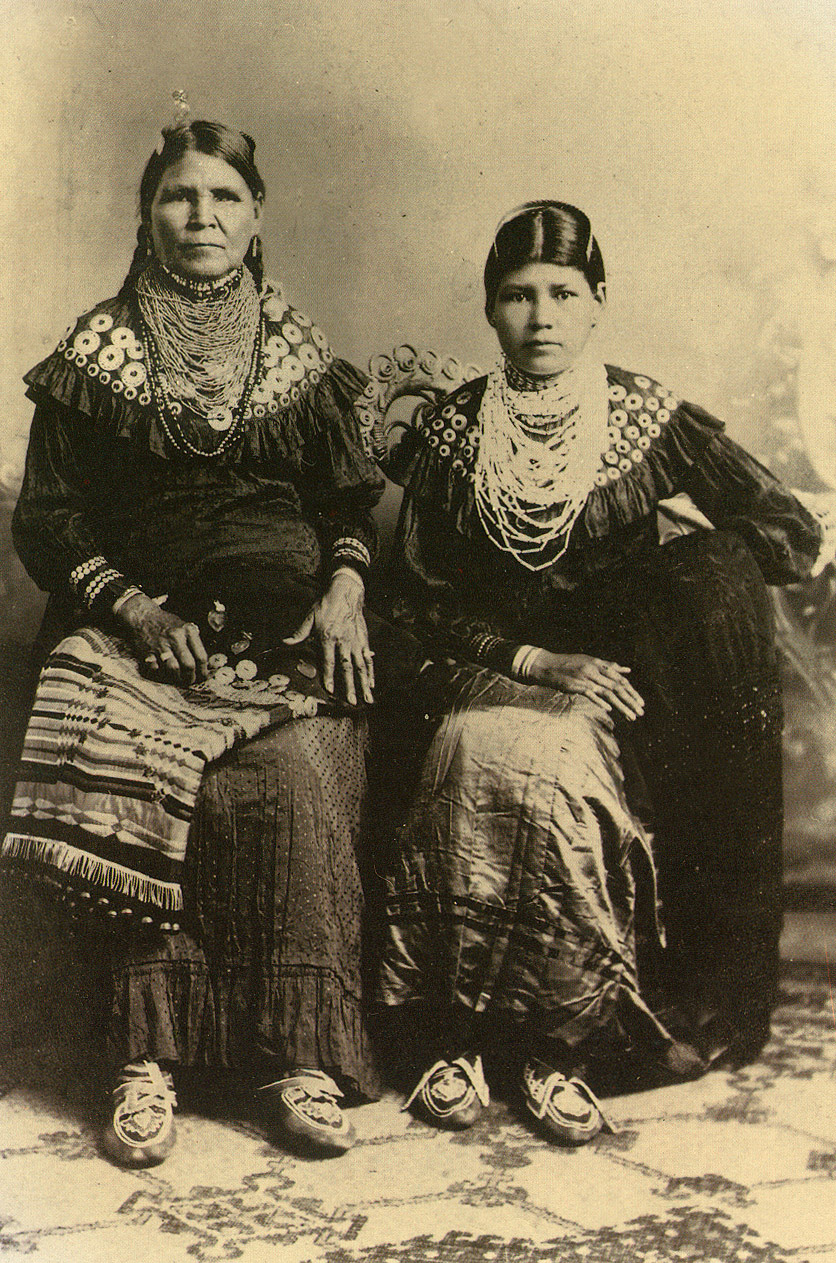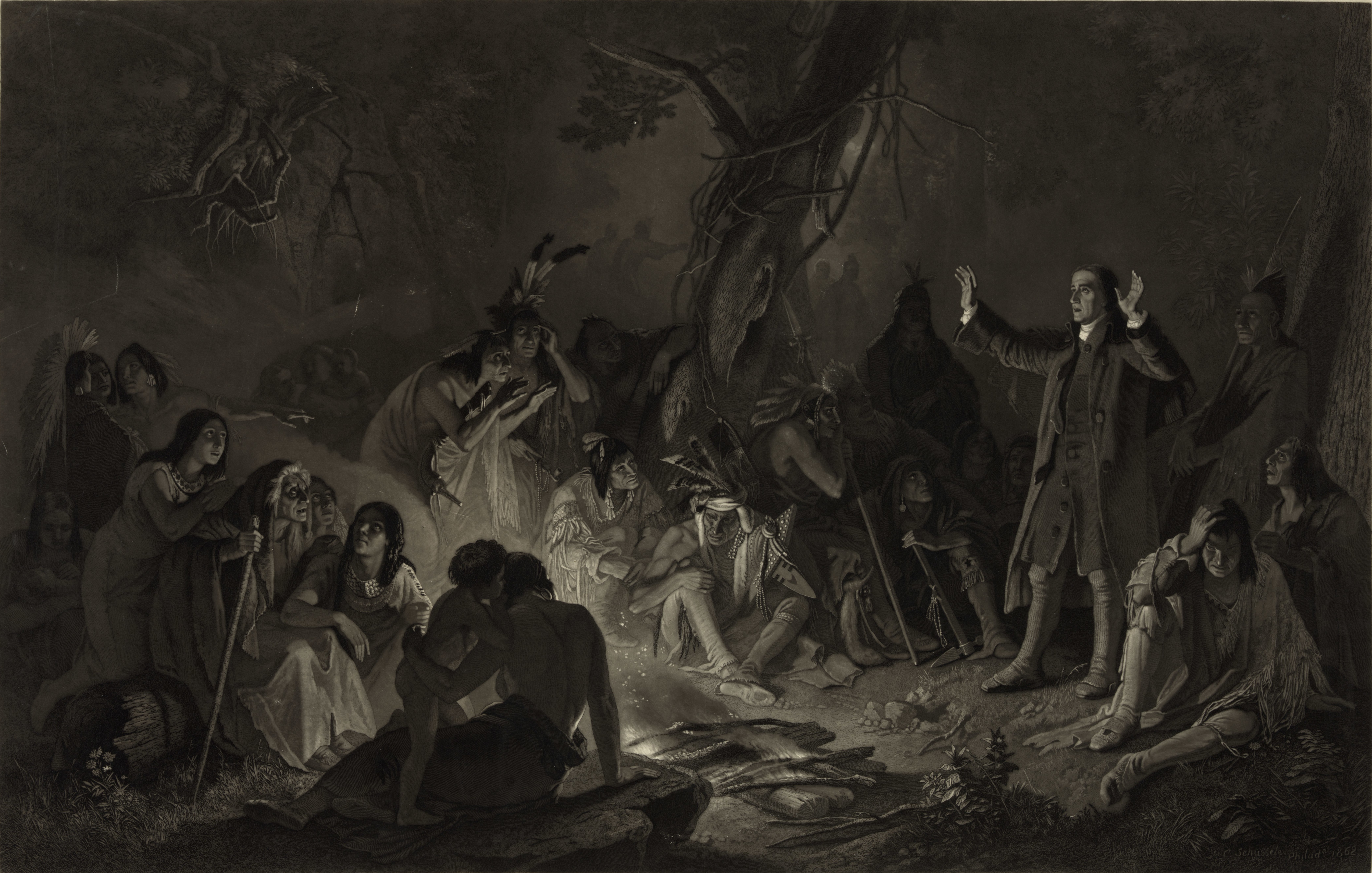|
Dresden, Ohio
Dresden is a village (United States)#Ohio, village in Muskingum County, Ohio, United States, along the Muskingum River at the mouth of Wakatomika Creek. The population was 1,650 at the 2020 United States census, 2020 census. It is part of the Muskingum County, Ohio, Zanesville micropolitan area. It was incorporated on March 9, 1835. History 18th century Dresden is located on or near the site of a Shawnee (Native Americans in the United States, Native American) village known as Wakatomika, which gave its name to Wakatomika Creek, the creek that empties into the Muskingum River near the northern edge of the village. These were the easternmost of the Shawnee villages, and the home of the most hostile of that tribe. David Zeisberger, the Moravian Church, Moravian missionary, preached there in 1773 in an effort to convert them; but the wrongs done to Chief Logan and other Ohio Native Americans were discussed at this place with much rancor, and war parties had been going out from here a ... [...More Info...] [...Related Items...] OR: [Wikipedia] [Google] [Baidu] |
Village (United States)
In the United States, the meaning of village varies by geographic area and legal jurisdiction. In formal usage, a "village" is a type of administrative division at the local government in the United States, local government level. Since the Tenth Amendment to the United States Constitution prohibits the federal government from legislating on local government, the U.S. state, states are free to have political subdivisions called "villages" or not to and to define the word in many ways. Typically, a village is a type of municipality, although it can also be a special-purpose district, special district or an unincorporated area. It may or may not be recognized for governmental purposes. In informal usage, a U.S. village may be simply a relatively small clustered human settlement without formal legal existence. In colonial New England, a village typically formed around the church building, meetinghouses that were located in the center of each New England town, town.Joseph S. Wood ( ... [...More Info...] [...Related Items...] OR: [Wikipedia] [Google] [Baidu] |
Muskingum River
The Muskingum River ( ; ) is a tributary of the Ohio River, approximately long, in southeastern Ohio in the United States. An important commercial route in the 19th century, it flows generally southward through the eastern hill country of Ohio. Via the Ohio, it is part of the Mississippi River drainage basin, watershed. The river is navigable for much of its length through a series of locks and dams. Course The Muskingum is formed at Coshocton, Ohio, Coshocton in east-central Ohio by the confluence of the Walhonding River, Walhonding and Tuscarawas River, Tuscarawas rivers. It flows in a meandering course southward past Conesville, Ohio, Conesville and Dresden, Ohio, Dresden to Zanesville, Ohio, Zanesville, and then southeastward past South Zanesville, Ohio, South Zanesville, Philo, Ohio, Philo, Gaysport, Ohio, Gaysport, Malta, Ohio, Malta, McConnelsville, Ohio, McConnelsville, Beverly, Ohio, Beverly, Lowell, Ohio, Lowell, Stockport, Ohio, Stockport and Devola, Ohio, Devola. ... [...More Info...] [...Related Items...] OR: [Wikipedia] [Google] [Baidu] |
Merino
The Merino is a list of sheep breeds, breed or group of breeds of domestic sheep, characterised by very fine soft wool. It was established in Spain near the end of the Middle Ages, and was for several centuries kept as a strict Spanish monopoly; exports of the breed were not allowed, and those who tried risked capital punishment. During the eighteenth century, flocks were sent to the courts of a number of European countries, including France (where they developed into the Rambouillet (sheep), Rambouillet), Hungary, the Netherlands, Prussia, Saxony and Sweden. The Merino subsequently spread to many parts of the world, including South Africa, Australia, and New Zealand. They are presently common in South Africa. Numerous recognised breeds, strains and variants have developed from the original type; these include, among others, the American Merino and Delaine Merino in the Americas, the Australian Merino, Booroola Merino and Peppin Merino in Oceania, and the Gentile di Puglia, M ... [...More Info...] [...Related Items...] OR: [Wikipedia] [Google] [Baidu] |
Boston
Boston is the capital and most populous city in the Commonwealth (U.S. state), Commonwealth of Massachusetts in the United States. The city serves as the cultural and Financial centre, financial center of New England, a region of the Northeastern United States. It has an area of and a population of 675,647 as of the 2020 United States census, 2020 census, making it the third-largest city in the Northeastern United States after New York City and Philadelphia. The larger Greater Boston metropolitan statistical area has a population of 4.9 million as of 2023, making it the largest metropolitan area in New England and the Metropolitan statistical area, eleventh-largest in the United States. Boston was founded on Shawmut Peninsula in 1630 by English Puritans, Puritan settlers, who named the city after the market town of Boston, Lincolnshire in England. During the American Revolution and American Revolutionary War, Revolutionary War, Boston was home to several seminal events, incl ... [...More Info...] [...Related Items...] OR: [Wikipedia] [Google] [Baidu] |
Lord Dunmore's War
Lord Dunmore's War, also known as Dunmore's War, was a brief conflict in the fall of 1774 between the British Colony of Virginia and the Shawnee and Mingo in the trans-Appalachia region of the colony south of the Ohio River. Broadly, the war included events between May and October 1774. The governor of Virginia during the conflict was John Murray, 4th Earl of Dunmore, who in May 1774, asked the House of Burgesses to declare a state of war with the Shawnee and Mingo and call out the Virginia militia. The conflict resulted from escalating violence between white settlers, who, in accordance with previous treaties, especially the Treaty of Fort Stanwix (1768), were exploring and moving into land south of the Ohio River (modern West Virginia, southwestern Pennsylvania, and Kentucky), and the Ohio Country Shawnee who had historical hunting rights in the south of Ohio lands of the Iroquois Confederacy. Resulting cross-river attacks by the Shawnee caused war to be declared "to pacify t ... [...More Info...] [...Related Items...] OR: [Wikipedia] [Google] [Baidu] |
Wakatomica Campaign
Wakatomika was the name of two 18th century Shawnee villages in what is now the U.S. state of Ohio. The name was also spelled Wapatomica, Waketomika, Waketomica, and Waketameki, among other variations, but the similar name Wapakoneta was a different Shawnee village. Both Wakatomikas were destroyed in raids, the first by colonial Virginians in 1774, the second by Kentuckians in 1786. Wakatomika 1 The first Wakatomika was located along the Muskingum River, near present-day Dresden, Ohio, and was close to a number of Lenape towns. It was established around 1756 by Shawnees from Upper Shawneetown, which was located along the Ohio River. After the outbreak of the French and Indian War in 1754, the Shawnees were distancing themselves from raids by the colony of Virginia. For the same reason, in 1758 the Shawnee residents of Lower Shawneetown, also on the Ohio River, moved fifty miles upriver and established new towns on the Pickaway Plains, near modern Circleville, Ohio. In August 1774 ... [...More Info...] [...Related Items...] OR: [Wikipedia] [Google] [Baidu] |
Angus McDonald (Virginia Militiaman)
Angus McDonald (1727 – August 19, 1778) was a prominent Scottish American Officer (armed forces), military officer, frontiersman, Sheriffs in the United States, sheriff and landowner in Virginia. During the Jacobite rising of 1745, McDonald fought as a Lieutenant (British Army and Royal Marines), lieutenant under the command of Charles Edward Stuart in the Battle of Culloden, after which he was "attainted of treason". He fled Scotland, departing from Inverness for the Colony of Virginia in 1746 at the age of 18. Following his arrival in Virginia, McDonald worked as a merchant in Falmouth, Virginia, Falmouth for two or three years. McDonald moved west into Virginia's interior and entered the military service of the colonial government under List of colonial governors of Virginia, Lieutenant Governor Robert Dinwiddie, receiving the Military rank, rank of Captain (British Army and Royal Marines), captain. McDonald served in the French and Indian War under Brigadier-general (Unite ... [...More Info...] [...Related Items...] OR: [Wikipedia] [Google] [Baidu] |
Delaware (tribe)
The Lenape (, , ; ), also called the Lenni Lenape and Delaware people, are an Indigenous people of the Northeastern Woodlands, who live in the United States and Canada. The Lenape's historical territory included present-day northeastern Delaware, all of New Jersey, the eastern Pennsylvania regions of the Lehigh Valley and Northeastern Pennsylvania, and New York Bay, western Long Island, and the lower Hudson Valley in New York state. Today communities are based in Oklahoma, Wisconsin, and Ontario. During the last decades of the 18th century, European settlers and the effects of the American Revolutionary War displaced most Lenape from their homelands and pushed them north and west. In the 1860s, under the Indian removal policy, the U.S. federal government relocated most Lenape remaining in the Eastern United States to the Indian Territory and surrounding regions. The largest Lenape communities are currently the Delaware Nation and Delaware Tribe of Indians in Oklahoma, the S ... [...More Info...] [...Related Items...] OR: [Wikipedia] [Google] [Baidu] |
Chief Logan
Logan the Orator ( 1723 – 1780) was a Cayuga orator and war leader born of one of the Six Nations of the Haudenosaunee Confederacy. After his 1760s move to the Ohio Country, he became affiliated with the Mingo, a tribe formed from Seneca, Cayuga, Lenape and other remnant peoples. He took revenge for family members killed by Virginian long knives in 1774 in what is known as the Yellow Creek Massacre. His actions against settlers on the frontier helped spark Dunmore's War later that year. Logan became known for a speech, later known as ''Logan's Lament'', which he reportedly delivered after the war. Scholars dispute important details about Logan, including his original name and whether the words of ''Logan's Lament'' were his. Identity debate Scholars agree that Logan was a son of Chief Shikellamy, an important diplomat for the Haudenosaunee Confederacy. But, as anthropologist Anthony F. C. Wallace has written, "Which of Shikellamy's sons was Logan the orator has been a ... [...More Info...] [...Related Items...] OR: [Wikipedia] [Google] [Baidu] |
Moravian Church
The Moravian Church, or the Moravian Brethren ( or ), formally the (Latin: "Unity of the Brethren"), is one of the oldest Protestant denominations in Christianity, dating back to the Bohemian Reformation of the 15th century and the original Unity of the Brethren () founded in the Kingdom of Bohemia, sixty years before Martin Luther's Reformation. The church's heritage can be traced to 1457 and the Lands of the Bohemian Crown, which included Bohemia, Moravia, Silesia, and previously the Hussite movement against several practices and doctrines of the Catholic Church. Its name is derived from exiles who fled from Moravia to Saxony in 1722 to escape the Counter-Reformation, establishing the Christian community of Herrnhut. Hence, it is also known in German as the ("Unity of Brethren f Herrnhut). The modern has about one million members worldwide, continuing their tradition of missionary work, such as in the Americas and Africa, which is reflected in their broad g ... [...More Info...] [...Related Items...] OR: [Wikipedia] [Google] [Baidu] |
David Zeisberger
David Zeisberger (April 11, 1721 – November 17, 1808) was a Moravian clergyman and missionary among the Native American tribes who resided in the Thirteen Colonies. He established communities of Munsee (Lenape) converts to Christianity in the valley of the Muskingum River in Ohio; and for a time, near modern-day Amherstburg, Ontario. Biography Zeisberger was born in Zauchtenthal, Moravia (present day Suchdol nad Odrou in the Czech Republic) and moved with his family to the newly established Moravian Christian community of Herrnhut, on the estate of Count Nicolaus Ludwig von Zinzendorf in the German Electorate of Saxony in 1727. However, when his family migrated to the newly established colony of Georgia, Zeisberger remained in Europe to complete his education. In 1738, he came to Georgia in the Thirteen Colonies, with the assistance of governor of Georgia James Edward Oglethorpe. He later rejoined his family in the Moravian community at Savannah, Georgia. At the time, the Uni ... [...More Info...] [...Related Items...] OR: [Wikipedia] [Google] [Baidu] |
Wakatomika
Wakatomika was the name of two 18th century Shawnee villages in what is now the U.S. state of Ohio. The name was also spelled Wapatomica, Waketomika, Waketomica, and Waketameki, among other variations, but the similar name Wapakoneta was a different Shawnee village. Both Wakatomikas were destroyed in raids, the first by colonial Virginians in 1774, the second by Kentuckians in 1786. Wakatomika 1 The first Wakatomika was located along the Muskingum River, near present-day Dresden, Ohio, and was close to a number of Lenape towns. It was established around 1756 by Shawnees from Upper Shawneetown, which was located along the Ohio River. After the outbreak of the French and Indian War in 1754, the Shawnees were distancing themselves from raids by the colony of Virginia. For the same reason, in 1758 the Shawnee residents of Lower Shawneetown, also on the Ohio River, moved fifty miles upriver and established new towns on the Pickaway Plains, near modern Circleville, Ohio. In August 1774 ... [...More Info...] [...Related Items...] OR: [Wikipedia] [Google] [Baidu] |









